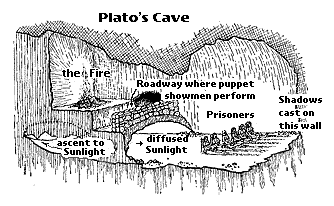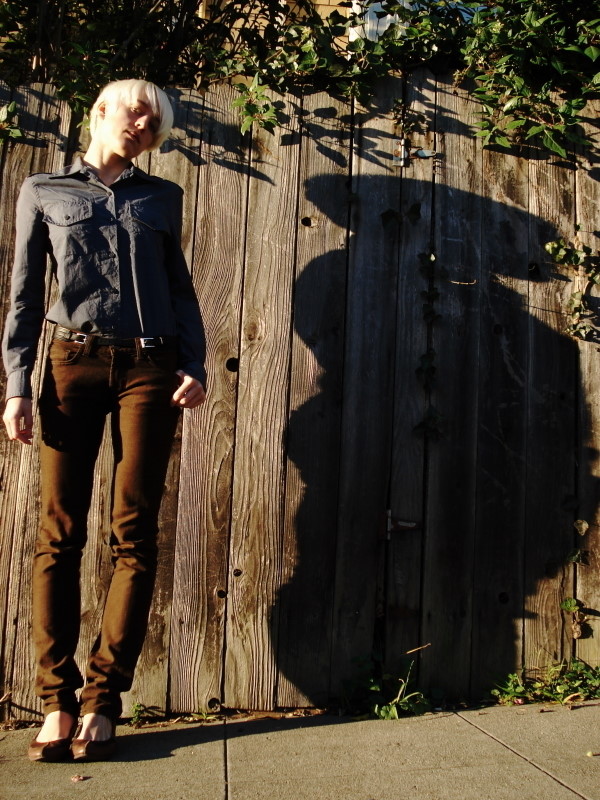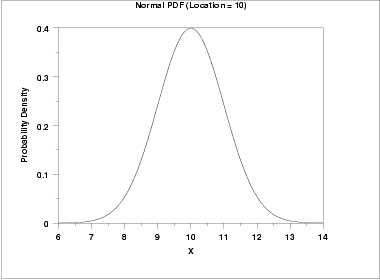GENERAL
1. Briefly summarize the plot of the novel you read, and explain how the narrative fulfills the author's purpose (based on your well-informed interpretation of same).
This book is about many characters but it highlights on Sydney Carton and Charles Darnay. Sydney Carton is an English man who has essentially given up on his life and is a somber guy until he shows the reader another side of him. His last actions were selfless and dramatically different from who he was before. Charles Darnay was a French aristocrat who feels sorry for the poor and does not like the class discrimination.The novel goes through a time of the heating of the French Revolution and the bubbling of the Revolution.
2. Succinctly describe the theme of the novel. Avoid cliches.
Opposites or doubles. This theme is presented to us in the very beginning and the title even suggests it with its two cities. There are two main settings (cities), Paris and London and there are two main protagonists, Carton and Darnay. They are opposites but their lives collide and they love the same women. The beginning suggests this collision when it says "It was the best of times, it was the worst of times..." The two coexist in the same time period although they are opposite.
3. Describe the author's tone. Include a minimum of three excerpts that illustrate your point(s).
In this novel Dickens' tone is grim and gloomy because it has to do with "the worst of times"
Pg 36 or 35 on the online version.
Pg 119 or 117 online
Pg 281 or 272 online
4. Describe a minimum of ten literary elements/techniques you observed that strengthened your understanding of the author's purpose, the text's theme and/or your sense of the tone. For each, please include textual support to help illustrate the point for your readers. (Please include edition and page numbers for easy reference.)
Flashback- This flashback occurs when Mr. Lorry observes Miss Manette and remembers when he took her once her mother died.
Pg. 24 or 23 online
Pg. 70
Pg. 35-36 or 34 online
Personification- The carriages seems to take a life of its own in this example.
Pg. 135 or 132 online
Anaphora- Monseigneur is continually repeated so as to emphasis his "importance".
Pg. 128 or 126
Imagery- The narrator creates a powerful image in our heads with this example.
Pg. 261 or 253
CHARACTERIZATION
1. Describe two examples of direct characterization and two examples of indirect characterization. Why does the author use both approaches, and to what end?
Direct- The author uses direct characterization to introduce a new character or to add on the an existing character. In the case of Madame Defarge on pg. 38 (she is introduced) and on pg. 322 (she is added on to)
Indirect- The author shows this with dialogue or actions. On pg. 436 dialogue shows how Madame Defarge is bossy and a "chief".
2. Does the author's syntax and/or diction change when s/he focuses on character? How? Example(s)?
Pg. 24 or 23
3. Is the protagonist static or dynamic? Flat or round? Explain.
Sydney Carton is a very dynamic character because at the end of the book he sheds his lazy hopeless man and becomes important to others and himself.
4. After reading the book did you come away feeling like you'd met a person or read a character? Analyze one textual example that illustrates your reaction.
I think Carton was the most relatable character because he turned out to be dynamic and because he professed his love to Lucie which is a difficult thing to do since she was about to get married. We pity him, we praise him and in the end I was sad that he got killed but remembered that this was a book and that the author killed him off for a purpose. In order to get a theme across of being "recalled to life"

































